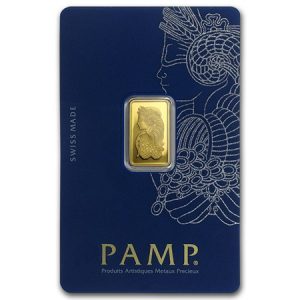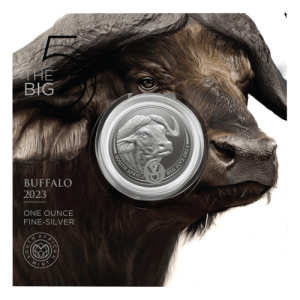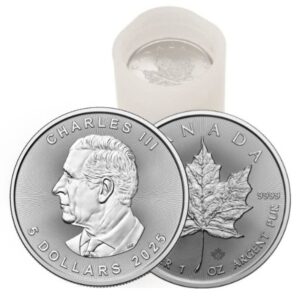The history of gold’s value may be traced back to 30 BCE due to its value and usefulness as money.
Value of Gold in the Roman Empire
The value of gold has evolved since 30 BCE, when it first became valuable and used as money. From 31 BCE until 14 CE, Emperor Augustus of ancient Rome regulated the price of gold at 40–42 coins per pound. In other words, 40–42 coins might be made from one pound of gold.
The next revaluation took place from 211 to 217 CE, under the rule of Marcus Aurelius Antoninus (Caracalla), who debased the value to 50 coins for a pound of gold, depreciating each coin while increasing the value of gold. Diocletian further debased gold from 284 to 305 CE, originally to 70 coins per pound but ultimately to 60 coins per pound. These rulers severely devalued the currency, which led to hyperinflation. The majority of nations in the 1800s issued paper money backed by gold prices which is referred as “Gold Standard.” In the United States, the gold standard’s history began in 1900.The Gold Standard Act made gold the sole metal acceptable for exchanging paper money. It established the price of gold at $20.67 per ounce.
Regulation of gold in the US:-
The Great Depression was worsened by support for the gold standard. Following the Federal Reserve’s increase in interest rates in 1928, a recession started in August 1929. By 1932, investors were exchanging cash for gold once more. People began to hoard gold as prices increased, which caused gold to become more expensive. In April 1933, President Franklin D. Roosevelt made individual ownership of gold coins, bullion, and certificates illegal in order to stop the redemption of gold. The Depression was reignited in 1937 when FDR reduced government expenditure to lower the deficit. The economy grew in 1939 as FDR raised defence spending to get ready for World War II. The Dust Bowl drought came to an end at about the same period. The Great Depression was resolved by this combination. The Bretton-Woods Agreement, which was negotiated in 1944 by the major world powers, established the US dollar as the recognised world currency. The $35 per ounce price of gold was defended by the US. In 1971, President Nixon instructed the Fed to stop respecting the dollar’s worth in gold. In 1976, the price of gold suddenly soared to more than $120 per ounce after becoming separated from the currency. As a hedge against double-digit inflation, dealers bid the price of gold up to about $600 by 1980. The price of gold fell to $410 per ounce and remained there until 1996, when consistent economic growth caused it to decline to $288. Following every financial crisis, including the 2001 recession and the 9/11 terrorist attacks, traders turned to gold.
During the financial crisis of 2008, the price of gold soared to $872.37 per ounce. In August 2011, the cost of an ounce of gold reached a new high of $1,917.90. The possibility of a U.S. debt default alarmed investors. In January 2020, the World Health Organization (WHO) declared the COVID-19 outbreak a global pandemic. Gold reached at an all-time of $2,069.40 per ounce by August 6, 2020.
Recent scenario of Gold Price:
At the beginning of 2021, gold prices were trending lower than their peak from the year before, but they have since swung in both ways. Investors made money earlier in the year. However, as the year went on, there was a greater chance of growing inflation and a Federal Reserve hike in short-term interest rates. The gold price was $1,816.5 on November 22, 2021. Want to buy some gold then check Overview of Gold prices from Gold Price page.

 Hi,
Hi,











